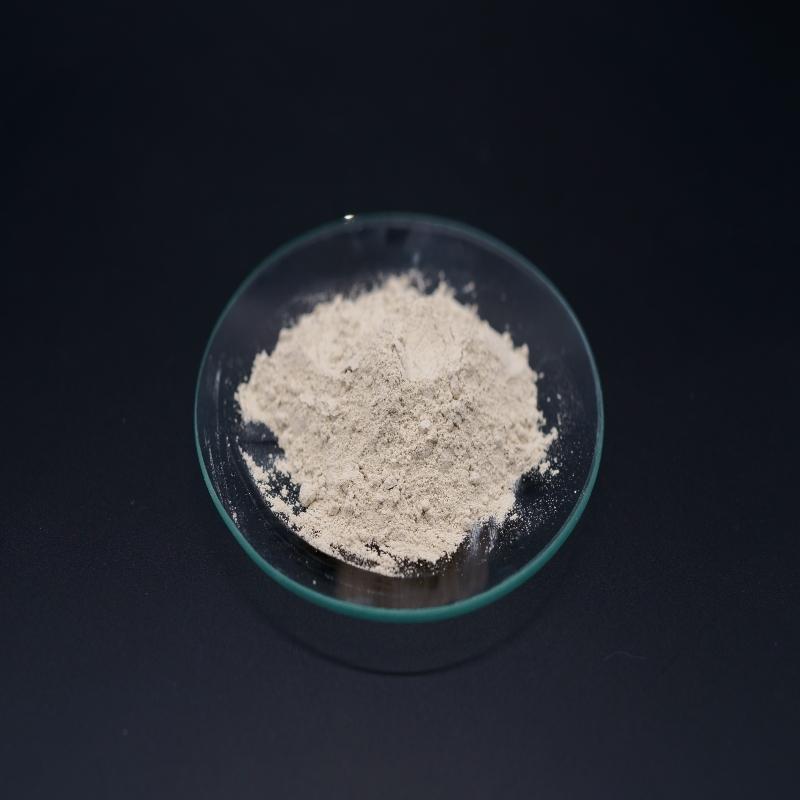-
Categories
-
Pharmaceutical Intermediates
-
Active Pharmaceutical Ingredients
-
Food Additives
- Industrial Coatings
- Agrochemicals
- Dyes and Pigments
- Surfactant
- Flavors and Fragrances
- Chemical Reagents
- Catalyst and Auxiliary
- Natural Products
- Inorganic Chemistry
-
Organic Chemistry
-
Biochemical Engineering
- Analytical Chemistry
-
Cosmetic Ingredient
- Water Treatment Chemical
-
Pharmaceutical Intermediates
Promotion
ECHEMI Mall
Wholesale
Weekly Price
Exhibition
News
-
Trade Service
In daily work, users often encounter problems such as
frequent membrane washing and short service life of reverse osmosis membranes in the medical purified water equipment they purchase.
How to avoid this reverse osmosis system that requires frequent maintenance, the basic is to design reasonably, first of all, let's talk about the design of
the RO system.
Design suggestions for RO system of medical purified water equipment 1.
There should be a full analysis of water quality when designing RO system If there are seasonal changes in water quality (very common in surface water) or changes in water sources, try to obtain all the analysis data
you can get.
2.
Perform a 15-minute SDI (Pollution Density Index) test on site to determine the possibility of colloidal fouling and confirm that sufficient pretreatment
has been designed when designing the RO system.
3.
Leave room when designing RO (especially when pollution is likely to occur) When designing a reverse osmosis system that uses clean well water as the source of water supply, a more radical design
than the surface water system can be adopted.
4.
Choose a lower water flux in the design of a conservative RO system A lower water flux is selected in the design of a conservative RO system, and the design water flux should be controlled within the range
of 14~18gfd for a system that uses well water as the water supply source.
5.
The recovery rate should take a more conservative value to reduce the concentration of pollutants A conservative design should try to increase the lateral flow rate of the influent water and the flow rate of concentrated water, the higher the lateral flow rate, the faster the diffusion rate of salts and pollutants on the membrane surface to the main solution, so as to reduce the concentration
of salts and pollutants on the membrane surface.
6.
Select the right membrane element type for different use occasions Sometimes, when treating difficult-to-treat surface water and industrial wastewater water sources, the use of electrically neutral CAB (cellulose acetate) membrane elements is better than the use of negatively charged CPA (polyamide composite) membrane elements
.







